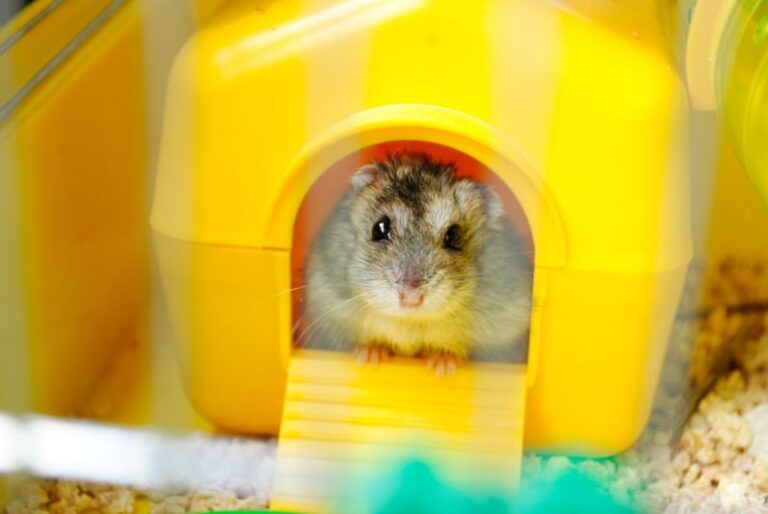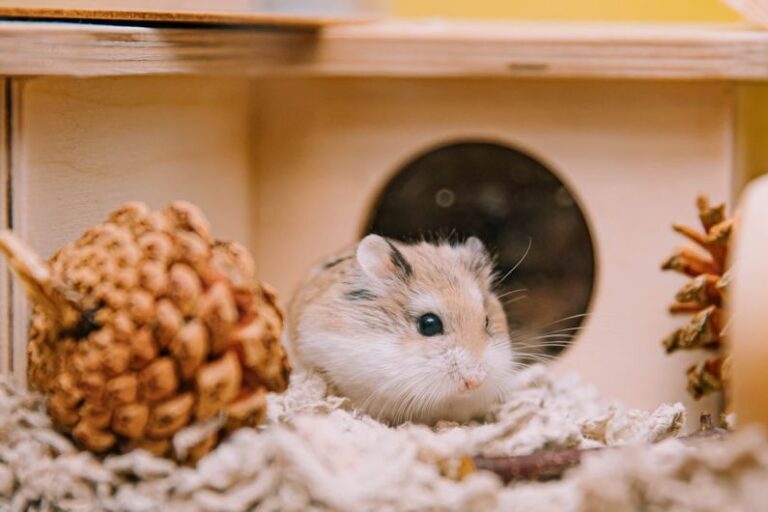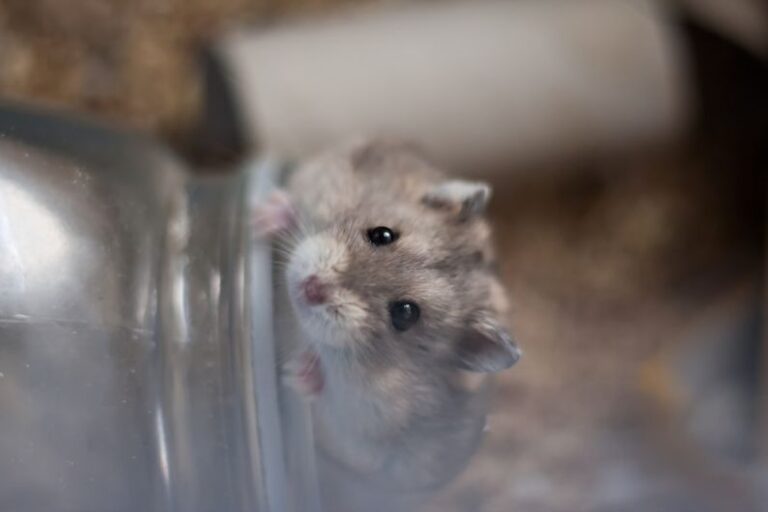
Hamsters are adorable and popular pets that are known for their playful and active nature. However, when it comes to providing them with a suitable living environment, one of the most crucial factors to consider is the size of their cage. Different hamster breeds have varying needs when it comes to cage sizes, so it is important for pet owners to understand these requirements to ensure the health and well-being of their furry friends.
Syrian Hamsters:
Syrian hamsters are one of the largest hamster breeds and require a spacious cage to accommodate their active lifestyle. The ideal cage size for a Syrian hamster is a minimum of 24 inches in length and 12 inches in width. A multi-level cage with plenty of space for exercise and exploration is recommended for Syrian hamsters to keep them happy and healthy.
Dwarf Hamsters:
Dwarf hamsters, including Roborovski, Campbell, and Winter White hamsters, are smaller in size compared to Syrian hamsters. However, they are still active creatures that require ample space to move around. The ideal cage size for a dwarf hamster is a minimum of 18 inches in length and 12 inches in width. Providing a cage with multiple levels and tunnels for burrowing will help keep dwarf hamsters entertained and engaged.
Chinese Hamsters:
Chinese hamsters are another popular hamster breed known for their gentle and social nature. These hamsters are slightly larger than dwarf hamsters but still require a spacious cage to thrive. The ideal cage size for a Chinese hamster is similar to that of dwarf hamsters, with a minimum of 18 inches in length and 12 inches in width. Including hiding spots and toys in the cage will help keep Chinese hamsters active and stimulated.
Hamster Cage Essentials:
In addition to the size of the cage, there are several essential factors to consider when choosing a suitable living space for your hamster. Here are some key points to keep in mind:
– Bar Spacing: Make sure the cage has narrow bar spacing to prevent your hamster from escaping.
– Ventilation: Ensure the cage has proper ventilation to maintain a healthy environment for your hamster.
– Bedding: Provide a thick layer of bedding for burrowing and nesting purposes.
– Exercise Wheel: Include a suitable exercise wheel in the cage for your hamster to stay active.
– Chew Toys: Offer safe chew toys to help keep your hamster’s teeth healthy and prevent boredom.
– Water Bottle: Provide a water bottle attached to the cage to ensure your hamster has access to fresh water at all times.
Creating a Comfortable Environment:
In addition to the cage size and essentials, it is important to create a comfortable and stimulating environment for your hamster. Include tunnels, hides, and toys to encourage natural behaviors such as burrowing and exploring. Regularly clean and maintain the cage to ensure a hygienic living space for your furry friend.
Final Thoughts:
Choosing the right cage size for your hamster is crucial for their overall health and well-being. By understanding the specific needs of different hamster breeds and providing a suitable living environment, you can help ensure that your pet leads a happy and fulfilling life. Remember to consider factors such as cage size, essentials, and environmental enrichment to create a comfortable and engaging home for your beloved hamster.





